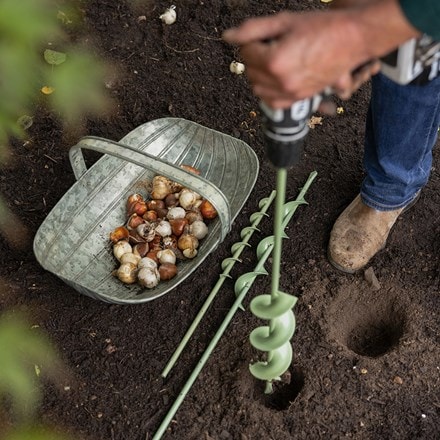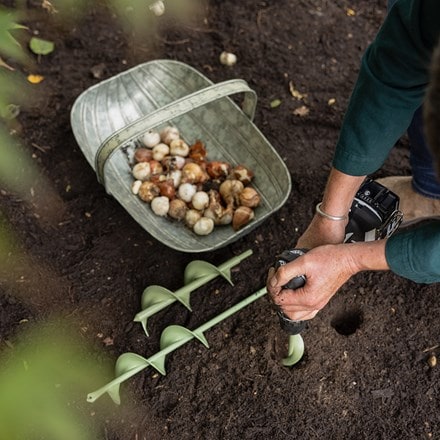Strawberry marmalade dahlia collection
dahlia collection
The rich, contrasting tones of these stunning dahlias will add a touch of opulence and drama to the border and...
We use cookies to provide you with a better service and experience. Carry on browsing if you're happy with this, or find out how to manage cookies.
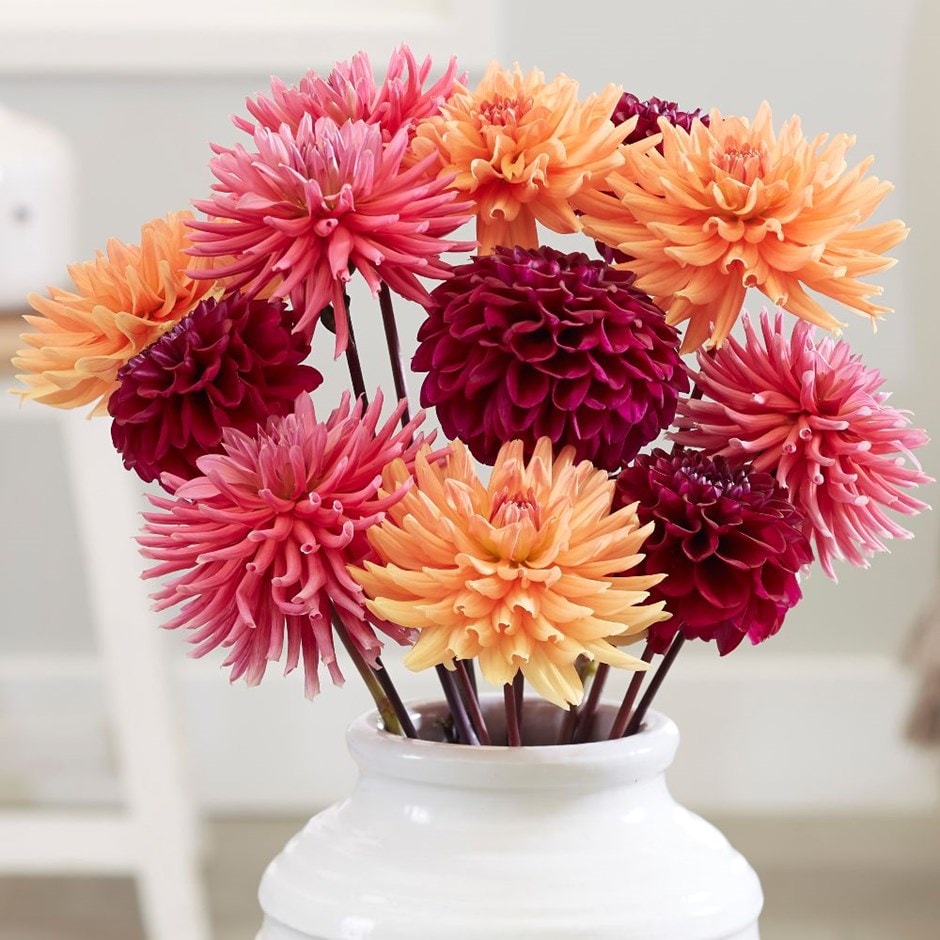
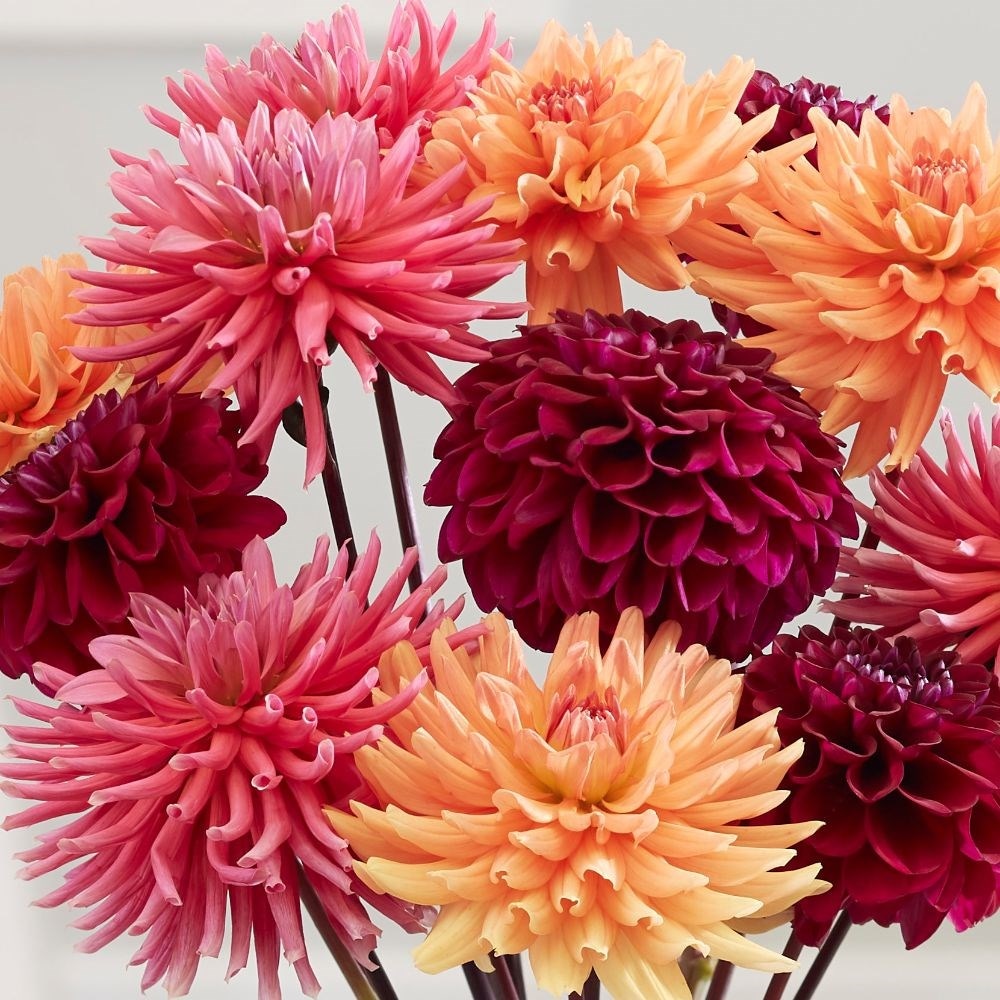
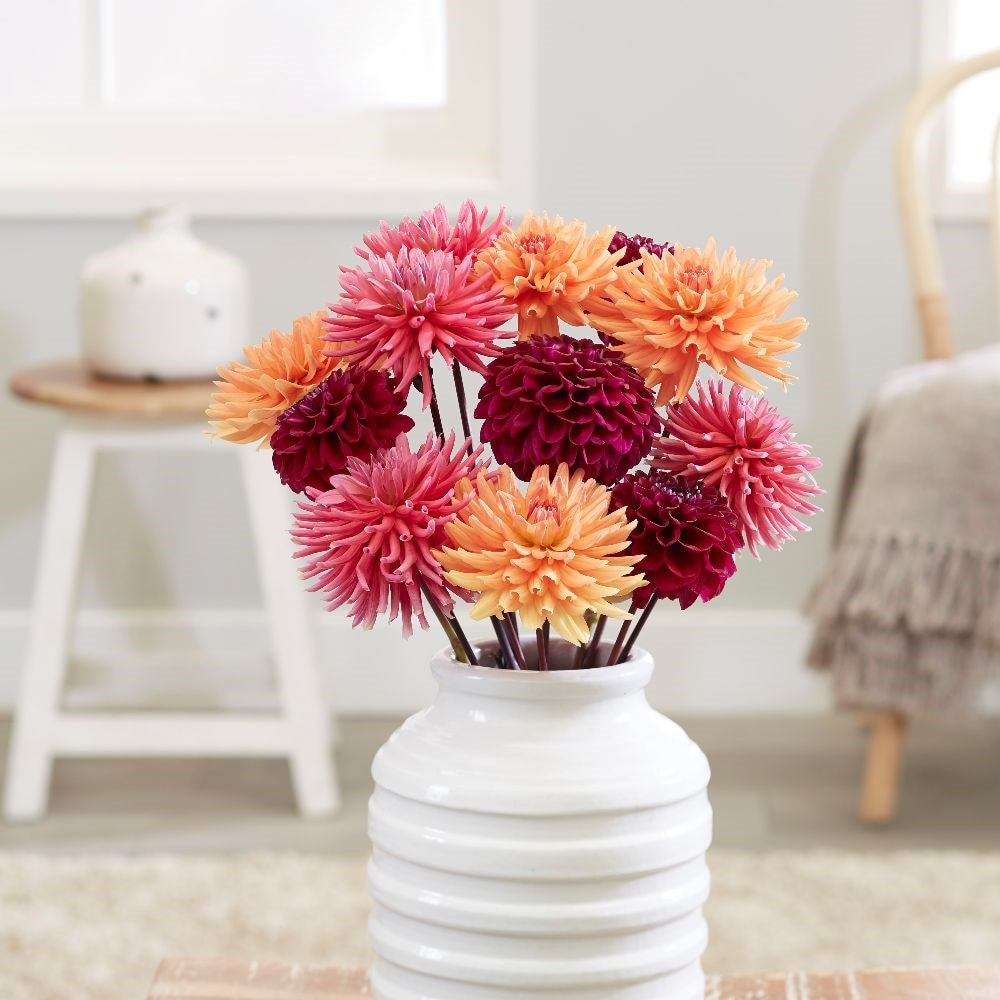



The rich, contrasting tones of these stunning dahlias will add a touch of opulence and drama to the border and...
Bulbs (only) £4.99
Full sun
Fast-growing
Moderately fertile, moist, well-drained soil
Borderline hardy (will need protection in winter in colder areas)
The traditional cottage garden was an intensive, yet carefree mixture of fruit, vegetables, herbs and flowers all crowded into a tiny space. Today, this informal charm can be recreated using modern varieties that largely take care of themselves around an
Read full article
I would forgive the beautiful lily beetle almost anything apart from eating my lilies! Despite my best efforts, they seem to return year after year at this time to munch irregular holes in leaves, flowers and anything else they can find called lily – actu
Read full article
Spring bulbs, such as daffodils and hyacinths, can be planted whenever the soil conditions allow. As a rough guide, cover them with about twice as much soil as the bulb is deep: so that a 5cm (2in) deep bulb would need a 15cm (6in) deep hole so that it
Read full article
Bulbs are ideal for anyone who rates themselves as 'keen-but-clueless' because they are one of the easiest plants to grow. Provided you plant them at the right time of year at more or less the right depth, they will reward you year after year with a rel
Read full article
Deadheading will prevent them setting seed and so use their energy producing a further flush of blooms later on. Plants that respond well to deadheading include annuals such as Ageratum, Alyssum, Antirrhinum, Calendula, Centaurea, Cosmos, Dahlia, foxglove
Read full article
Tender perennials, such as pelargoniums, fuchsias, osteospermums and marguerites look great all summer, but unless they are given protection from the harsh winter weather, they will need to be replaced each spring. If you can do this, they will last for y
Read full article
At some stage in June, your garden will be a glorious affair full of scent and soft flower. Placing a posy from the garden, close to a family hub like the kitchen table, unites your home and garden as effectively as having a huge picture window. You don’t
Read full article
If rabbits, deer, squirrels or cats devour or scratch up your plants these wire mesh protectors will give them time to get established. The pyramid-shaped 'Rabbit Proof Cloche' and dome-shaped 'Squirrel Proof Cloche'
Read full article